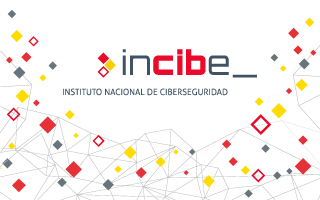
News posted on 30/10/2025

News posted on 23/10/2025

News posted on 09/10/2025

News posted on 03/10/2025

News posted on 14/08/2025

News posted on 05/08/2025

News posted on 17/06/2025

Blog posted on 28/11/2024
This article aims to present a brief example guide for an implementation of the new standard in a supplier's facilities.
Going through the critical points of the standard, a generic use case will be followed to exemplify how a vehicle manufacturer can adapt its processes to comply with the new standard in an efficient and effective way.
By presenting an overview of the standard and production processes, the aim is to provide a brief guide to serve as a starting point and help avoid common failures in industrial environments when faced with new regulations, such as redundancy of effort, inefficiency in resource management and deficiencies in the application of safety measures.

News posted on 21/11/2024



